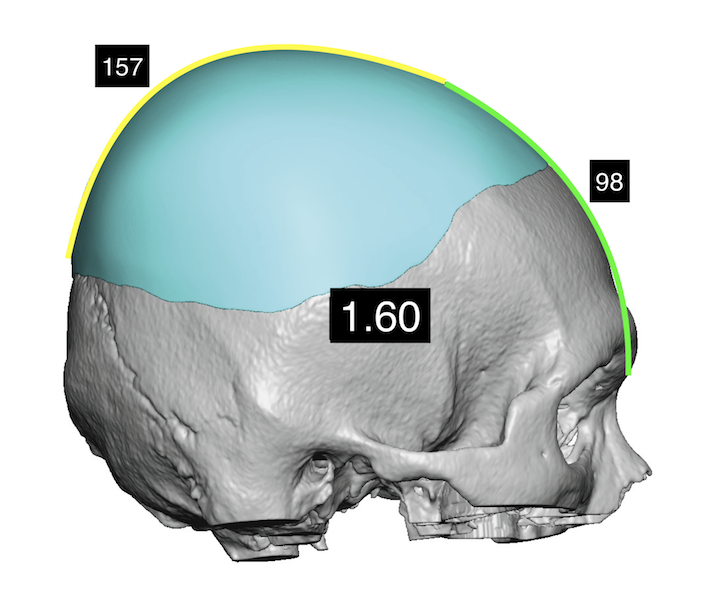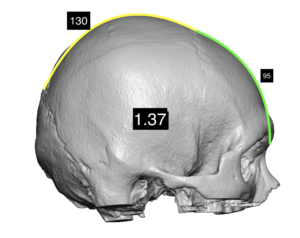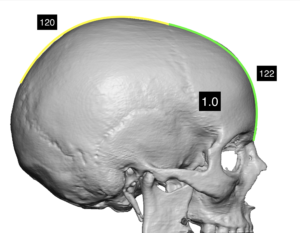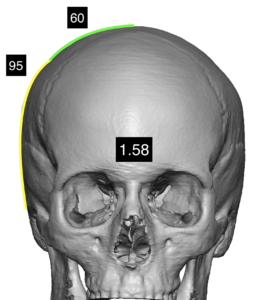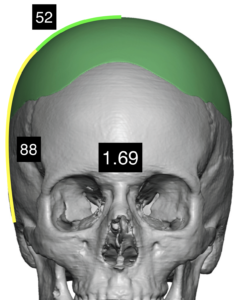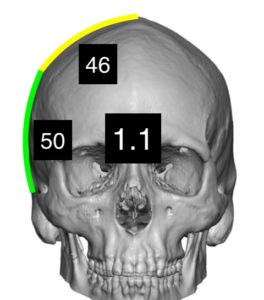The Golden Ratio is a well known mathematical concept that has long been described as an essential component of beauty in nature. It is a controversial concept in terms of whether it truly exists in whatever one is studying whether it is anatomy or architecture. The Golden Ratio concept has been recently applied to the bony shape of the skull in a recent neurosurgical study. (Golden Ratio Skull study) These anatomic study results demonstrated that humans have a Golden Ratio relationship in the shape of the skull over that of animals. This study looked at one specific skull shape, the profile view, using very easily located and reproducible points at the coronal and lambdoid sutural junctions as well as at the fronto-nasal junction. Certainly the side view does provide one angle of assessment of skull shape and size.
This study was of particular interest to me from the perspective of the many custom skull implant surgeries that I perform. In these skull augmentations surgeries done to improve the size and shape of the head, a custom implant is made from the patient’s 3D CT scan. In the implant design process, there really is no specific design guidelines to do so. The shape and thickness of the implant is done by what looks good to the patient and myself as well as staying within the limitations of what the overlying scalp can stretch to accommodate the implant. Essentially the implant design is done by a gestalt of what looks appears to be an aesthetic improvement.
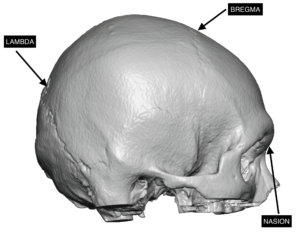
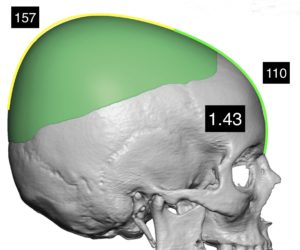
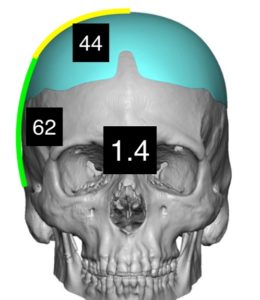
This limited study does not necessarily prove that the Golden Ratio is what makes the skull create a more aesthetically pleasing head shape. But it does show a consistent trend that the outer curved bony lines which are closer to the Golden Ratio is more desired by both patient and surgeon alike. This implant study is particularly interesting in that is it completely independent of any Golden ratio bias as the implants were designed with no such mathematical knowledge or intent.
Dr. Barry Eppley
Indianapolis, Indiana

